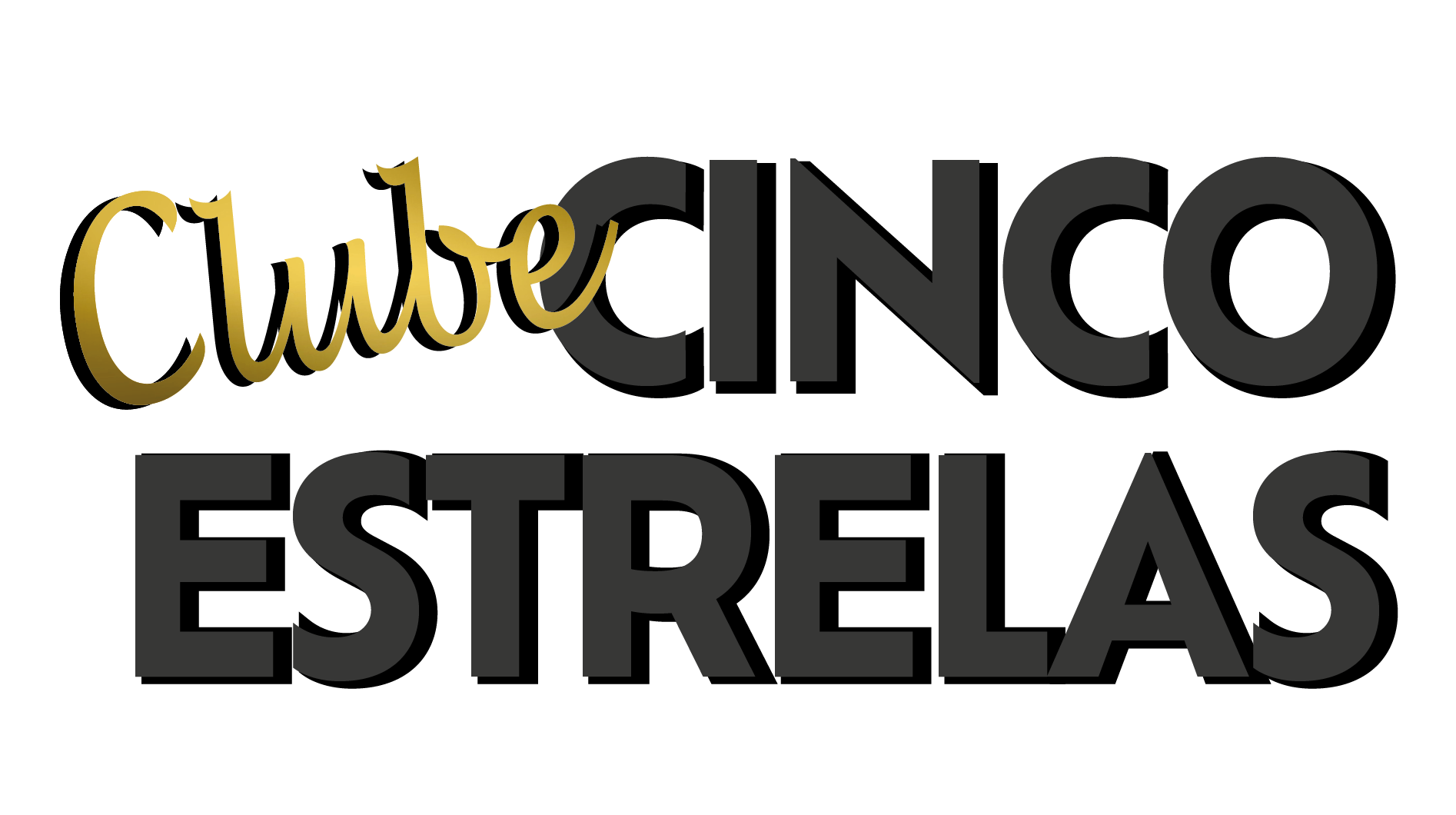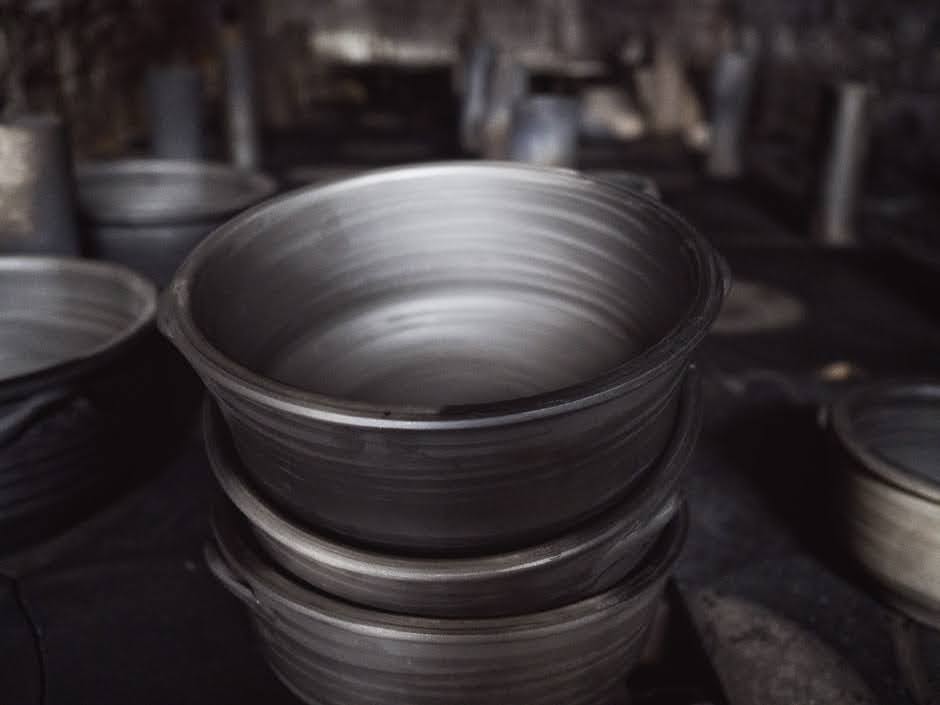O Barro Preto de Bisalhães, reconhecido como património cultural nacional, integra a Lista do Património Cultural Imaterial que Necessita de Salvaguarda Urgente (UNESCO), pelo seu original processo de confeção.

Estudo de mercado massificado junto de uma amostra representativa da população portuguesa.
Este dá ao barro a sua cor característica, criando-se peças através de técnicas ancestrais que foram aperfeiçoadas ao longo de gerações, daí o seu carácter único e especial para a região. O barro é picado até se desfazer em pó, as impurezas são removidas e a mistura com a água cria a matéria-prima. Depois o oleiro dá-lhe forma na roda e a cozedura faz-se num forno aberto no chão.


